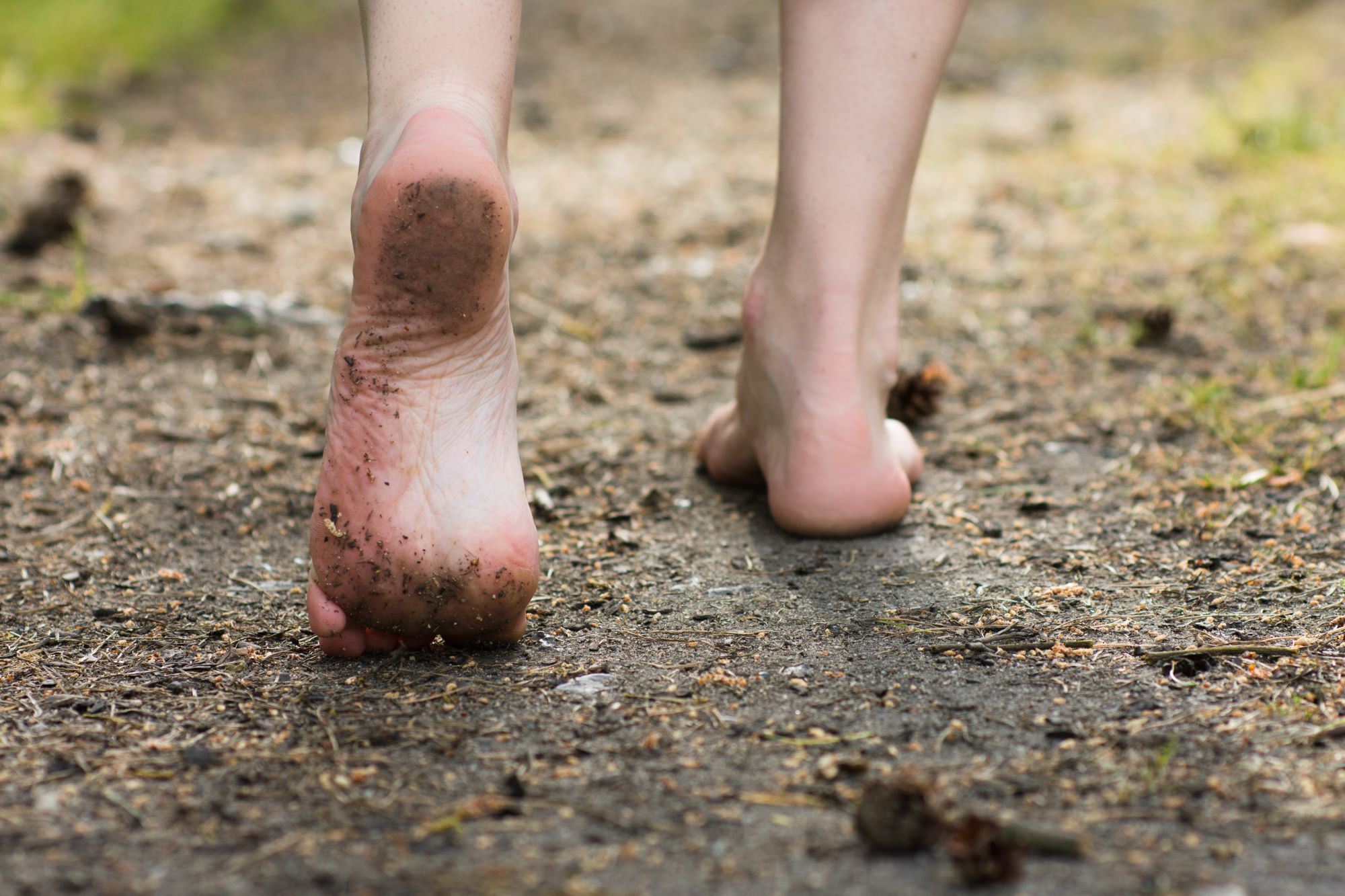There are various types of barefoot or minimalist shoes and other products that have become popular over the decades that help to still cover/protect your feet while providing some of the free-feet feeling and allow one to enter establishments with the “No shirt, No shoes, No service” type of rules. However, “influencers” are finding more sneaky ways to get around those rules such as chopping off the soles of their shoes.
Podiatry experts are warning that the risks make the subject worth discussing, even if the trend isn’t as real as it seems. We all know much of social media “influencer” content is faked/staged just to get the attention that they so desperately need, take rage bait, for example, anything for attention. But going barefoot in public places puts our feet at risk in several ways which is why experts highly suggest not jumping on the bandwagon, especially when in places that you are unfamiliar with.
Going barefoot in public places means that you will be stepping on foreign bodies, ranging from dirt, glass, or other debris on the ground not cleared properly, and this can create cuts, blisters, or scrapes that can become infected, especially if they are contaminated with dog feces residue for example. Infections are just waiting to happen, breeding easily in places where hundreds of people are walking, disregarding their trash without care.
It may be best to keep your shoes on in public places if you want to avoid athlete’s foot or nail fungus. This is a common risk of going barefoot, and it can make your feet very itchy and tender, in nastier cases harder-to-treat warts from treading on a virus can develop. Plantar warts are associated with the human papillomavirus (HPV), which in general is worth avoiding. It can take months to resolve conditions like these, and it can also require various medications, treatments, appointments, or even surgery to resolve the issue. The recurrence rates of these conditions are high, even when treated properly.
There are microorganisms, viruses, bacteria, and fungus among us, and even on surfaces that appear to be cleaned appropriately, anywhere that you are walking barefoot, like at a pool, gym, locker room, or hotel for example hot spots, you are potentially exposed to pick up fungus ick because you have no idea what you are coming into contact with.
Frequently washing your feet to keep them clean is not enough to avoid the risks associated with walking barefoot in public spaces. Especially the risks for smaller things that can penetrate or hurt your feet such as splinters that can go unnoticed, plus, other injuries are possible that are worse than splinters.
Podiatry experts remind people that their feet are unstable without shoes, even when only the sole of the shoe is removed, and the top is intact. The sole supports the feet, removing them is removing one of the most important parts of the shoe. High-heeled or minimalist shoes really don’t offer much support either compared to a supportive shoe. While it may feel freer to be barefoot, having a supportive pair of shoes for everyday activities is important because our feet are not immune to the effect of aging, and they do not “age well” on concrete.
Shoes are important because they protect our feet from injuries and infections, they help to alleviate pain, and prevent foot problems. Supportive shoes help to improve the overall function and performance of the feet by providing cushioning and comfort support to our feet and helping to prevent fatigue. Additionally, supportive shoes help us avoid back and leg pain by helping us maintain proper posture when walking or running and keep bunions, corns, hammer toe, plantar fasciitis, shin splints, Achilles tendonitis, and strained muscles at bay.
Your feet are the foundation for your entire body, they work in tandem with every muscle and joint for all that you do, and there is a long list of reasons why protecting them is important to your health. Proper footwear helps to prevent a wide range of injuries like joint damage, pulled muscles and tendons, and ones with traction can help us avoid slips and falls. If our feet hurt, we become less mobile and become less inclined to exercise or get up and move around.
While I personally love being barefoot, I am selective about where I do it. I am almost always barefoot at home, but I also like being barefoot on beaches, in the grass, or along a dirt trail in a forest for a short stroll. Wherever it may be, it is an area I know, it needs to be clean, and I always look down to watch what is in front of me for safety. In my younger years, I used to be barefoot far more often, but experience, learned the hard way, has taught me better, now I am far more cautious and barefoot outside very infrequently.
As with anything you read on the internet, this article should not be construed as medical advice; please talk to your doctor or primary care provider before changing your wellness routine. This article is not intended to provide a medical diagnosis, recommendation, treatment, or endorsement. These statements have not been evaluated by the Food and Drug Administration.
Opinion Disclaimer: The views and opinions expressed in this article are those of the author and do not necessarily reflect the official policy of WHN/A4M. Any content provided by guest authors is of their own opinion and is not intended to malign any religion, ethic group, club, organization, company, individual, or anyone or anything.
Content may be edited for style and length.
References/Sources/Materials provided by:
Tamsyn Webber at WHN
https://www.health.harvard.edu/newsletter_article/the-right-shoes-the-key-to-better-health
https://www.health.harvard.edu/staying-healthy/soleful-aging
https://www.osfhealthcare.org/blog/importance-of-wearing-good-shoes/




